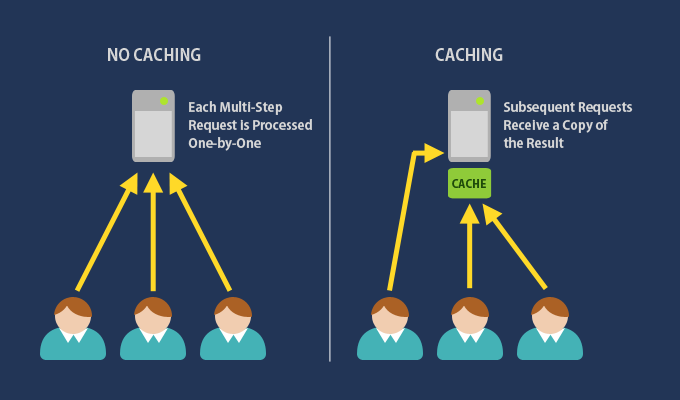
A Virtual Machine (VM) is a software emulation of a physical computer that runs an operating system (OS) and applications just like a real machine. VMs operate on a physical host machine, but they’re isolated environments created using virtualization software like VMware, VirtualBox, or Microsoft Hyper-V. The virtual environment acts as if it’s a separate computer, complete with virtualized hardware like CPUs, memory, and storage.
Why are Virtual Machines Useful?
- Resource Optimization:
- VMs allow multiple OS instances to run on a single physical server, making it possible to better utilize hardware resources. This leads to cost savings by reducing the number of physical machines needed.
- Isolation and Security:
- VMs operate independently, so if one crashes or gets infected with malware, it doesn’t affect other VMs or the host machine. This isolation is beneficial for testing potentially harmful software.
- Testing and Development:
- Developers often use VMs to test applications in different environments without needing multiple physical machines. They can easily create snapshots, rollback changes, or use multiple OS versions simultaneously.
- Scalability and Flexibility:
- Virtualization makes it easy to create or delete VMs, allowing for rapid scaling to meet changing workload demands. VMs can also be migrated between physical machines without interrupting services, useful for load balancing and maintenance.
- Disaster Recovery:
- Since VMs are just files on the host machine, they can be backed up, replicated, and easily restored, offering an effective disaster recovery solution.
- Legacy System Compatibility:
- Older software that may not run on modern hardware can be run in a VM with the appropriate legacy OS, allowing organizations to maintain compatibility.
- Cloud Computing:
- Virtual machines are a core part of cloud computing infrastructure, enabling users to create, configure, and use servers on-demand, without worrying about the underlying hardware.







